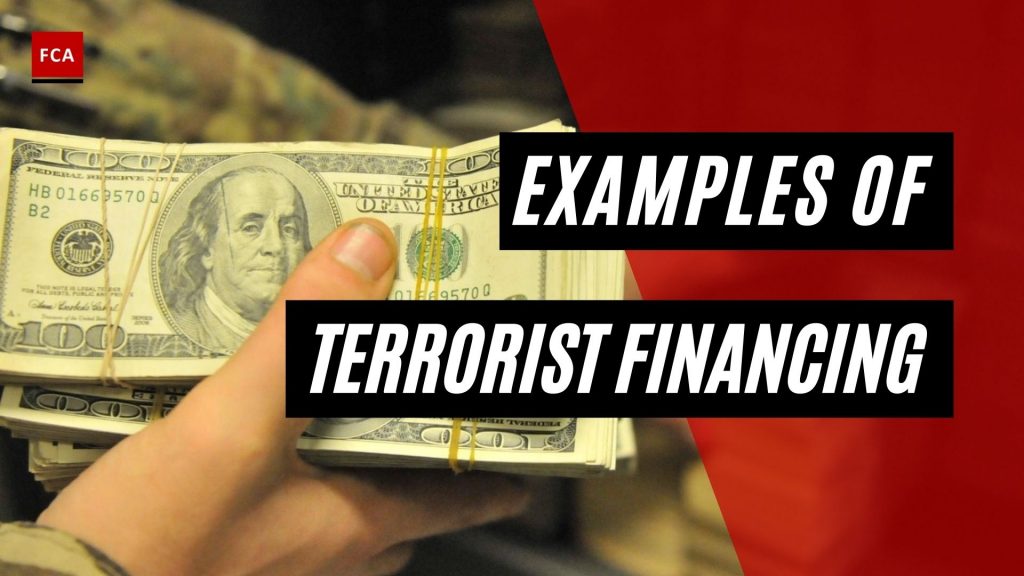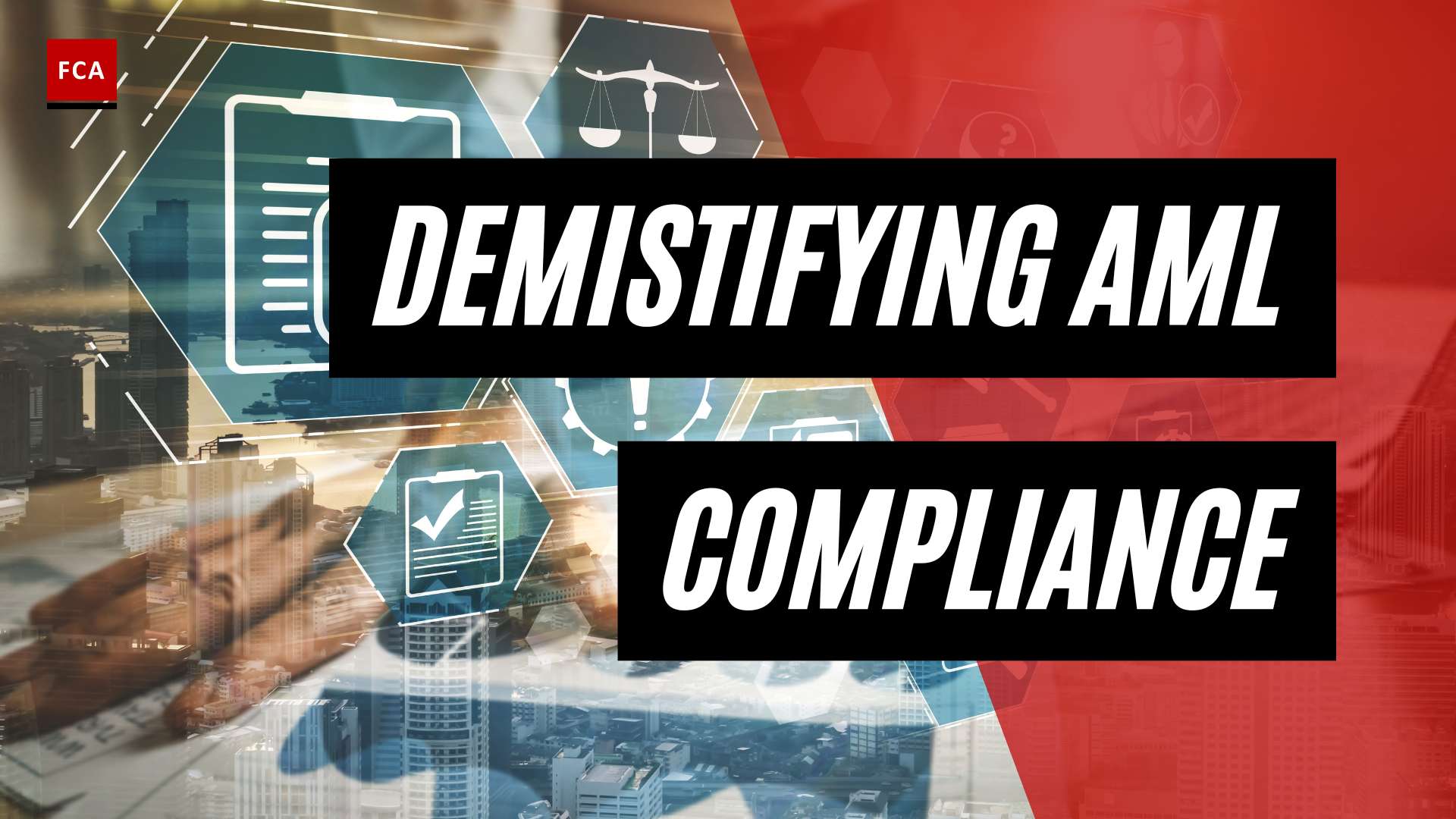There are examples of terrorist financing. The funds used for terrorist financing can be from a perfectly legal and legitimate source and have an illegal and criminal background. Let us start exploring some practical examples of legitimate sources.
Examples Of Terrorist Financing
Any crime that generates a profit can be used to fund terrorism. It means that even if the risk of a terrorist attack is low, a country may face terrorism finance risks.
Terrorist financing can come from a variety of sources, including but not limited to low-level fraud, kidnapping for ransom, the exploitation of non-profit organizations, the illicit trade in commodities (such as oil, charcoal, diamonds, gold, and the narcotic Captagon), and digital currencies.
We can help prevent future attacks by disrupting the flow of terrorist funding and understanding the funding of previous attacks.

Legitimate Sources
Terrorist groups often operate legal businesses. Some of the biggest Islamic terror groups operated farms where peanuts were grown and honey was produced. They also operated trading companies, tanneries, furniture-making companies, and even bakeries.
Other examples from the last decade of unraveling terrorist activities include a construction and plumbing company, a used car dealer and workshop, a fishing business, and a manufacturing company.
Even professional services-oriented businesses are not charmed against being employed by terrorist groups. There are examples where they operated investment companies and even a corporate audit firm.
There are certain similarities when comparing terror groups with European ones. For example, the Provisional Internationalized Resource Identifier and Loyalist groups in Northern Ireland and both legally operated drinking clubs or pubs. Or at least, they were operated legally later, when they obtained proper licenses and reported their income to the government. But they started as illegal businesses.
Illegal Sources
The illegal and criminal sources of terrorist financing. In one way or the other, most terror groups rely on transnational crime. Transnational crime is a global business valued at an average of US$1.6 trillion to US$2.2 trillion annually – and terrorists certainly have their shares in it.
Some terrorist groups are involved in the drug trade to generate funds. An estimated 80 percent of European drugs have some connection to terror groups. Certain terror groups are also involved in the smuggling of people from Asia into Europe.
Terrorist groups are also heavily involved in smuggling commodities. For terrorist groups, as for other money launderers, the appeal of gems and precious metals is that they are small yet highly valuable, secure in their value, and hard to trace.
What Is Smuggling?
Smuggling creates profitable opportunities in places with differential tax rates and is also applied by terrorist groups directly in countries subject to sanctions. In one case, a terror group member bought cigarettes in North Carolina, where the taxes were low, then sold them at a discount in Michigan, where taxes were higher. The scheme generated an estimated $3.7 million over several years, while at least a portion of the profits was sent back to the Middle East.
Smuggling also has a history in terrorist groups originating in Europe. In one of the rather odd cases of smuggling, the Provisional IRA smuggled pigs across the Northern Ireland and the Irish Republic border. The IRA openly exported the pigs to the British side of the border, collected an export subsidy of eight pounds per pig, then smuggled the pigs back into Ireland and repeated the operation with the same pigs. It produced $2 million in one year and, as one scholar notes, “some very tired pigs.”
Final Thoughts
Terrorist financing is frequently difficult to detect because it follows only a few consistent patterns. For example, an investigation into the financial transactions of some high-profile terrorists and hijackers revealed that most of the individual transactions were not unusual. The account holders appeared to be international students receiving funds to fund their studies; therefore, the transactions would not be flagged as suspicious transactions requiring additional scrutiny by the financial institutions involved.








